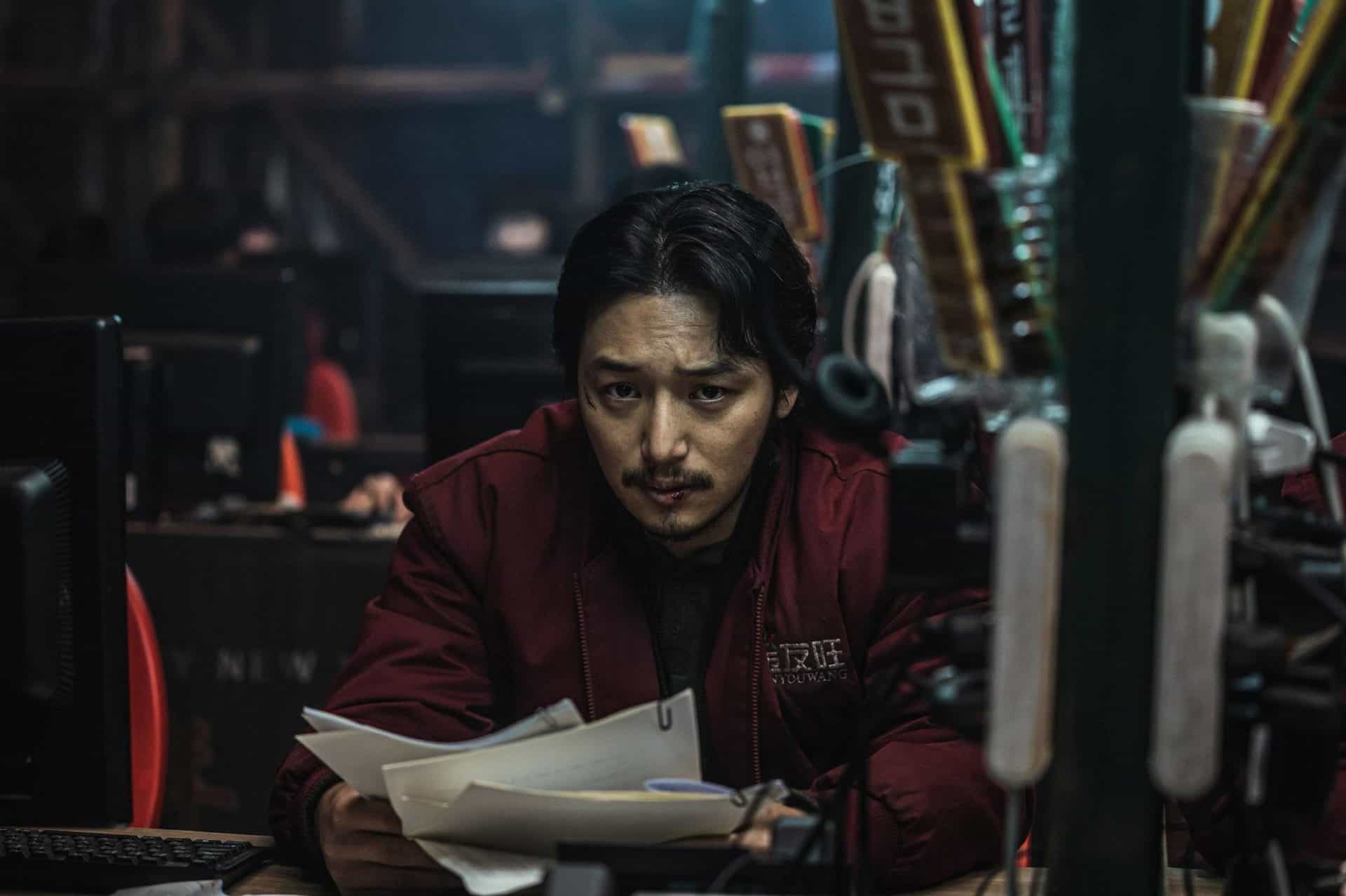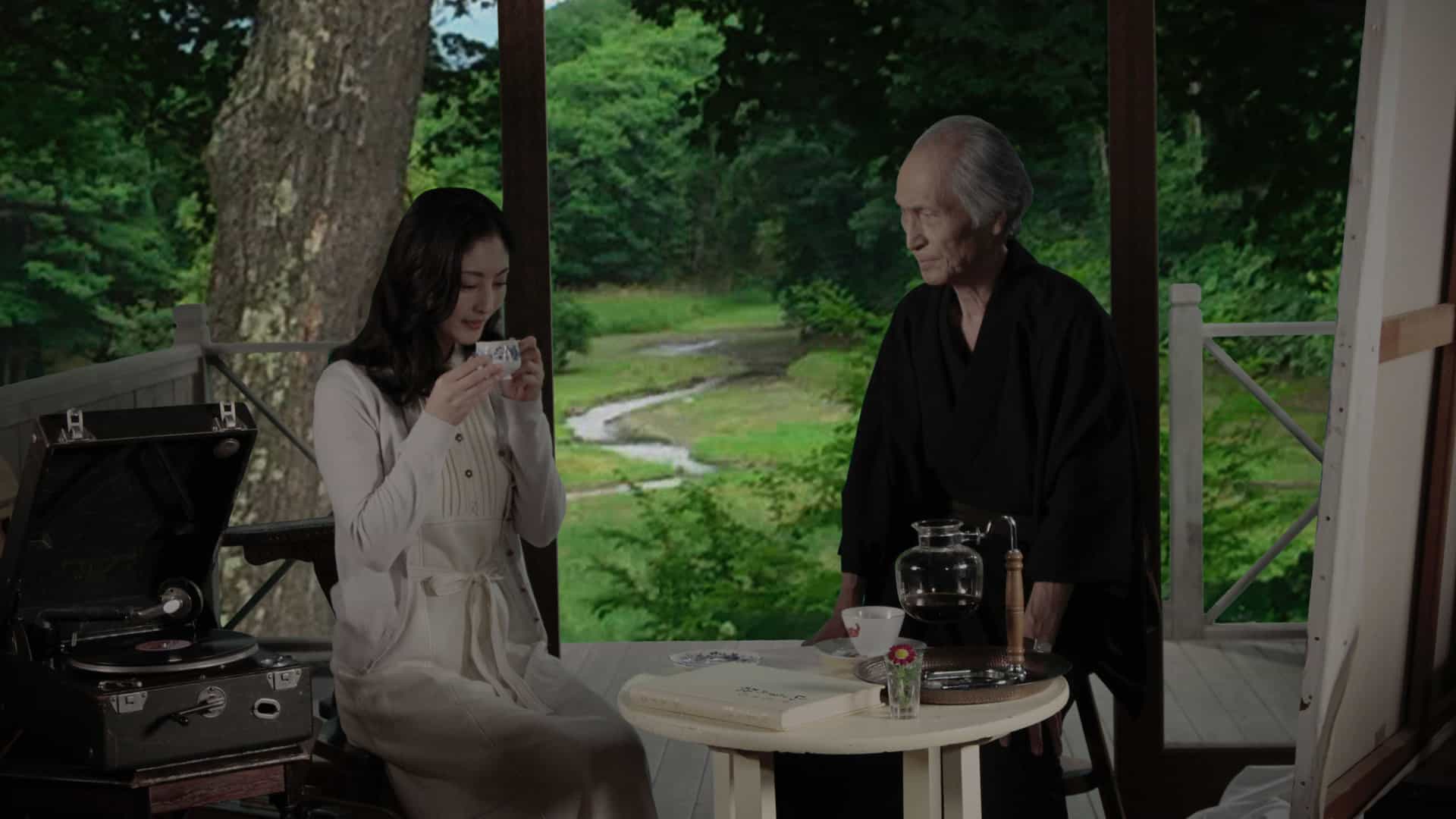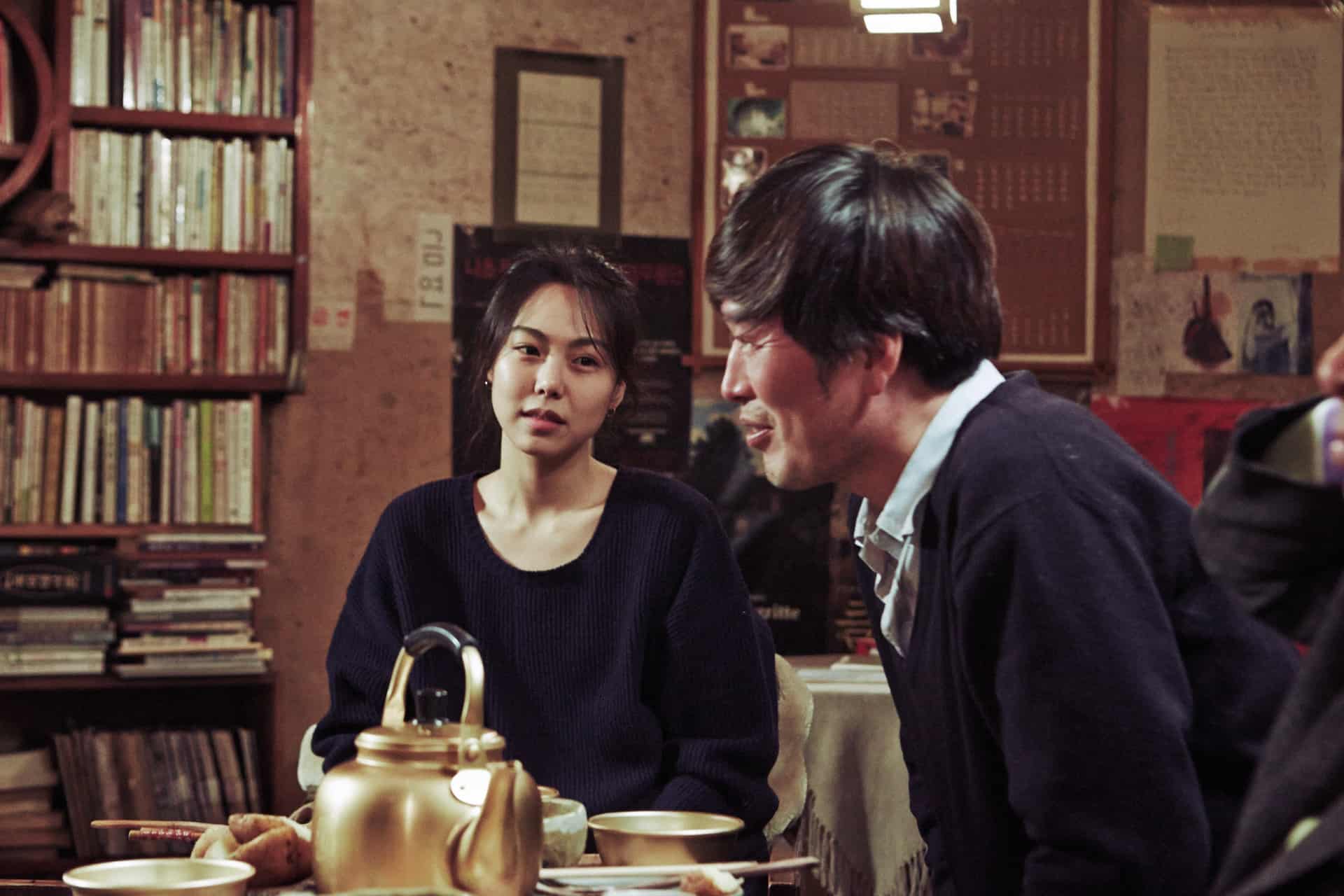Kim Bo-ram's new documentary, “A Table for Two”, premiered at the 2022 edition of the Busan Film Festival. After her remarkable work with “For Vagina's Sake” (2017), the Korean director is back to talk about womanhood with an enthralling story about eating disorders in today's South Korea from a female perspective.
A Table For Two is screening at Women Direct. Korean Indies! Korean Women Independent Film Series

Park Chae-young was diagnosed with anorexia nervosa in 2007 when she was just fifteen. She was hospitalized more than once, and her condition deeply affected her relationship with her mother, Park Sang-ok. The story starts from the beginning of Chae-young's experience with eating disorders. Following her experiences, the telling reaches her life today, with her return from Australia due to the 2020 pandemic.
Throughout the documentary, the director gives space for self-analysis of their relationship and experiences. Thanks to interviews and testimonies, it becomes clear that there is more than just an eating disorder. Deep and hidden roots are behind their sufferings and fears, making them flawed individuals hurt by traumas and a complicated mother-daughter relationship. Park Bo-ram explores not only how Chae-young's anorexia affected their relationship and them individually but gives insights into their thoughts and feelings as women growing up in dysfunctional families.
Check also this interview
The documentary perfectly captures Chae-young and Sang-ok's inner worlds and feelings towards each other and their experiences, telling a story solely from their point of view. “A Table For Two” is a detailed and forceful production that astoundingly portrays eating disorders in Korean women. It is not limited in representing the problems of those facing an eating disorder but tries to get to the cause of any personal aspect connected to it. In fact, it analyzes a generational pain characterized by a lack of affection and misunderstanding on the part of the parental figure.
It alternates video footage of interviews, conversations, drawings and blog entries by a teenage Chae-young. These last two elements, drawn and written by her, make the story even more personal, providing a sort of life archive. What's also remarkable is the camera work, which makes it particularly engaging, letting the viewers feel as if they were in the rooms with the people present. There is not much music except to accompany the transitions between each scene or the highlights. This musical limitation brings the viewer closer, increasing their involvement with the story.
The interviews and their testimonies get straight to the point and have no filters, making the storytelling truthful and engaging. Openly expressing their struggles, they create a harsh and heartbreaking atmosphere. Particularly, as they clarify the different facets that affected their bond, they touch on a particular subject: motherhood. “Table For Two” unveils the deep roots behind women's upbringing and how, as young girls or adults, they experience family relationships, especially with their mothers. Sang-ok, in fact, explains that her mother caused her incapacity to connect with Chae-young. “Although I hated my mother, she was connected to you through me”, or “I grew up not knowing what a secure base meant, so I failed to provide a secure base for my daughter”, are just a couple of the sorrowful truths she confesses. Such family trauma impacted Sang-ok, who became a flawed and distant mother. Consequently, Chae-young became a distant and traumatized daughter. Family relationships are bound to repeat their mistakes if one does not break the generational cycle.
One of the most impressive scenes depicts Sang-ok meeting a tarot reader, hoping to find clarity on her relationship with Chae-young. During the reading, a particular card expresses how both had different perspectives on each other. “One is focused on the other, but the other is preoccupied with something else.” Although Sang-ok interpreted it as her constantly worrying about her daughter, while the latter worries about her illness and life goals, the scene offers a thought-provoking moment for the viewer. It's not sure if it was on purpose, but one could also see it with the roles reversed, representing Sang-ok and Chae-young's difficulties in meeting halfway.
Lastly, the final scenes are remarkable. If food meant trouble in the household before, now they eat together. While doing so, they act as if they're trying to make vague amends with each other, maybe hoping to cut off the distance between them. The documentary shows no interest in exploring their future after filming and does not anticipate any changes. Its ending is open because the choices of the people involved are neither clear nor explicit. The film manages to send the desired message and to tell the story in an objective, detached but well-studied and explored way, making them the only gaze and point of view.
“A Table For Two” is a noteworthy work that does not just explore eating disorders as mere disorders but also the facets that define their cause and effect. Park Bo-ram explores the female world again with a truthful and powerful story about womanhood – as broken mothers or hurt young girls. In particular, it addresses mother-daughter relationships in a sincere and heartfelt way, not by describing family roles in black and white but as aspects of complex individuals.















